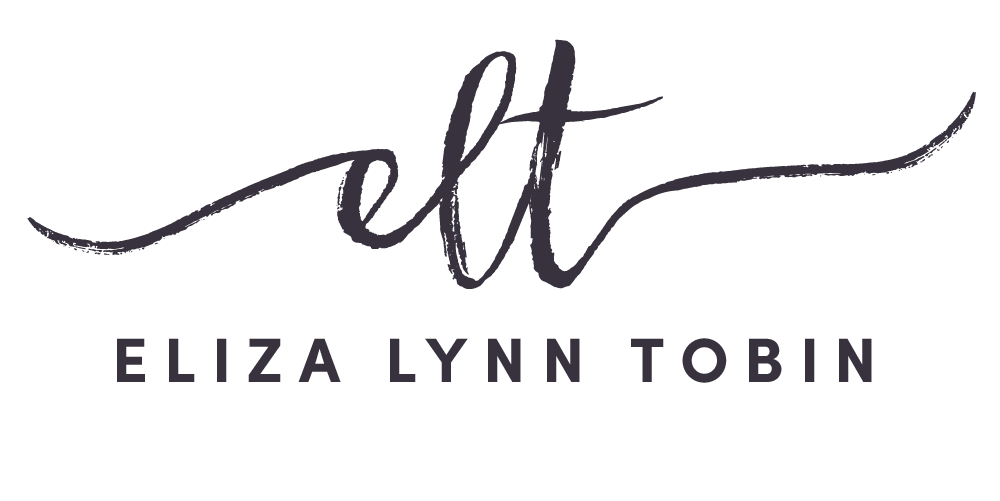This summer, just after moving my entire life from Idaho to Vermont, I traveled to Peru with a group of incredible women to learn from the Andean Shamans, descendents of the Inca, and from the Peruvian mountains that hold that sacred lineage. We traveled to the mountain of Salkantay, the mountain of the sacred feminine, where I experienced (not for the first time in my life) the very wild, very powerful and very real presence of the divine feminine.
I have not fully processed everything that I soaked in on the trip and on the side of that mountain, but one of the most potent messages I received came while I was in a stone ruins of an Incan building that once held Pumas. Now it is covered in lichen and air plants and open to the sky.
The message was this:
Stay close to the Earth. Receive her protection, power, love, grace and wildness. Sense her support and remain open to receiving all of the nourishment she is offering to you. Stay connected to her breath, to her pulsation. Align with her rhythm. Recognize that you are a part of her, a part of nature.
Over the past few months, I’ve continued to mill over what this message means for me, my work and my life. I’ve painted, journaled and done ceremonial work on this land I’ve moved to in Vermont, land that was once my grandfather’s dairy farm and now belongs to my husband and I. I’m learning from plants about their sacred medicine and connecting to the mountains, rivers and spirits of the land that makes up my new home.
In creating this new collection of work, I wanted to investigate the qualities of nature that I awakened to in Peru and then began to observe more clearly once I arrived home, qualities that exist both in the world around us, as well as within.
The elements, tangible to the senses, help us to experience nature and the experience of being on this earth and in this body. In these pieces, I wanted to explore what it felt like to embody the elements of nature. How do they feel as energy moving in my body? What colors do they evoke? What marks and symbols do the represent to me?
THESE PAINTINGS ARE AN EXPLORATION INTO EMBODYING THE ELEMENTS.
I wanted to cultivate the groundedness of earth through earthy colors, to initiate the flow of water through drips and spray of paint, to dance with the passion of fire and explore yoga poses that build heat, to play with movement, marks and the rhythm of my breath as I worked on the air paintings, to find contrast and space by adding white and light to dark corners of the Akasha series of paintings.
Each piece arrived with daily inspiration from the elements around me---the summer heat, and the sweet relief of splashing in the cool flowing river, rainy days with droplets splashing down the window, wind scattering my brushes and papers everywhere, the solid green earth beneth my feet and the nourishment of my summer garden and the abundance from the plants all around me. The rising atmosphere that held space between me and the mountain that rises above my work space.
Moving to this land and experiencing daily that reminder to stay close to the earth by awakening my senses to the elements around me inspired this series of paintings.
Sitting near a river that runs through the land, listening to the sound of water moving over rocks, as the breath of the breeze gently floats my hair around my face. A curl of smoke rises from the burning palo santo smudge stick I just lit. My body feels the solid support of the earth and stones beneath me. My breath rises and falls as shafts of sunlight fill my senses with a lightness of being, the space around me is buoyed with the buzzing, thriving aliveness of spirit.
This is a momentary carved-out-of time experience with the elements.
Each moment, they invite us to engage with the world around us. They ask us what we want to transform, what we want to burn away, what we need to do to feel nourished, supported. In what ways are we being called to step into the flow and flush of life moving us? Where do we need inspiration, a fresh breath of air to push out stagnation? Where do we feel light and spacious and how do we expand into that spaciousness?
These are the questions the elements ask us. These are the ways that we can learn to work with and cultivate the qualities of the elements that we want to embody.











































